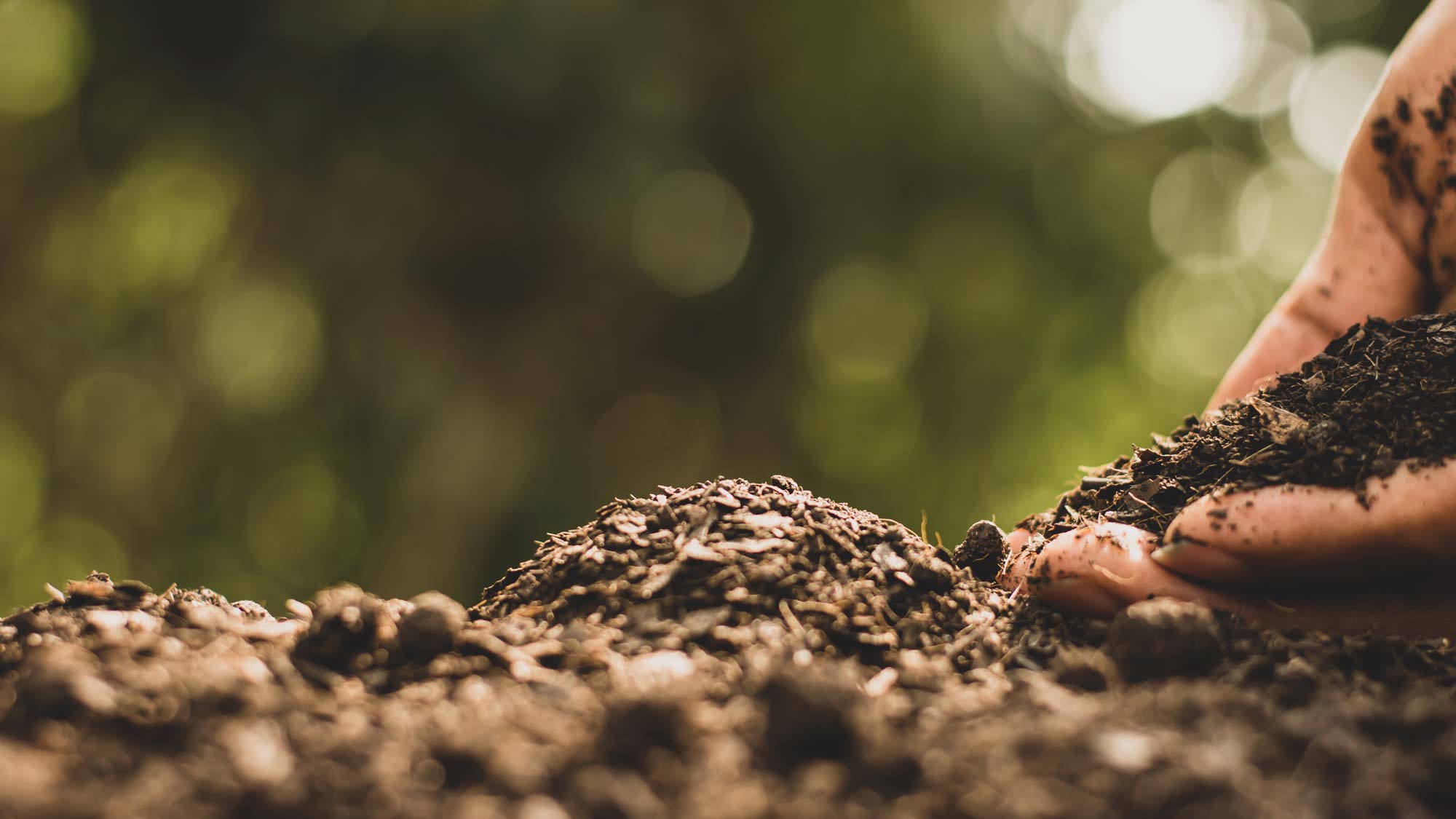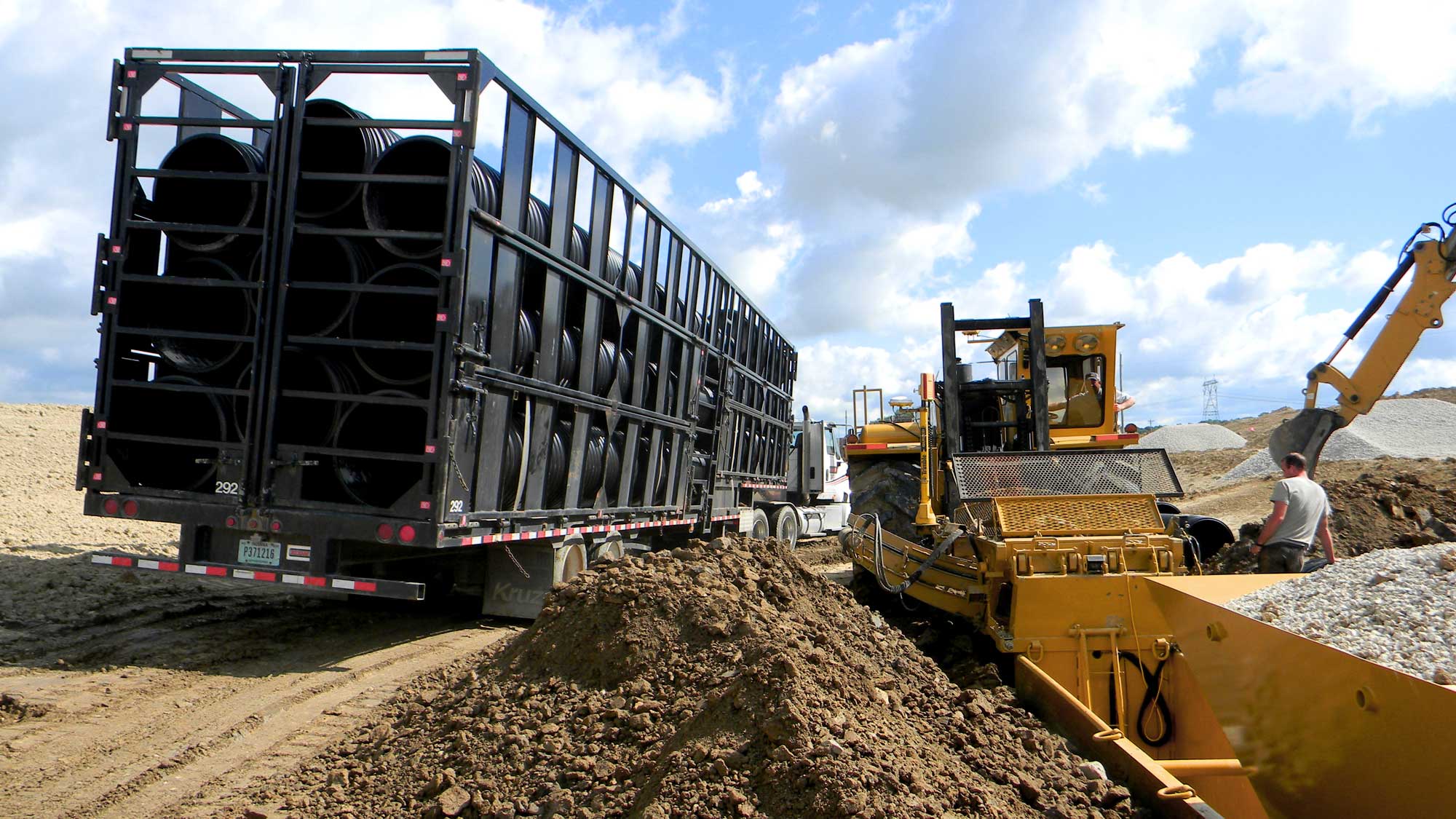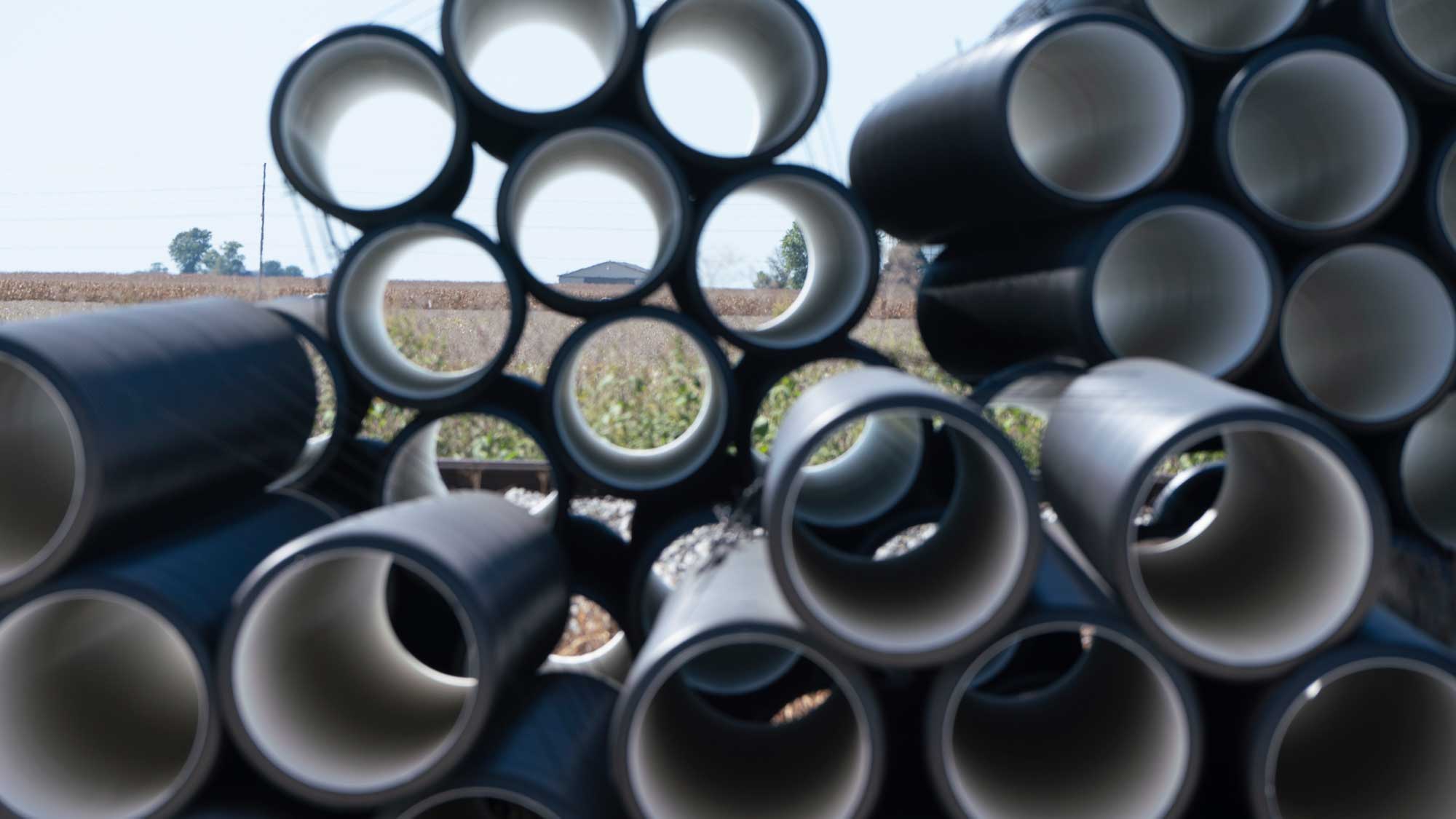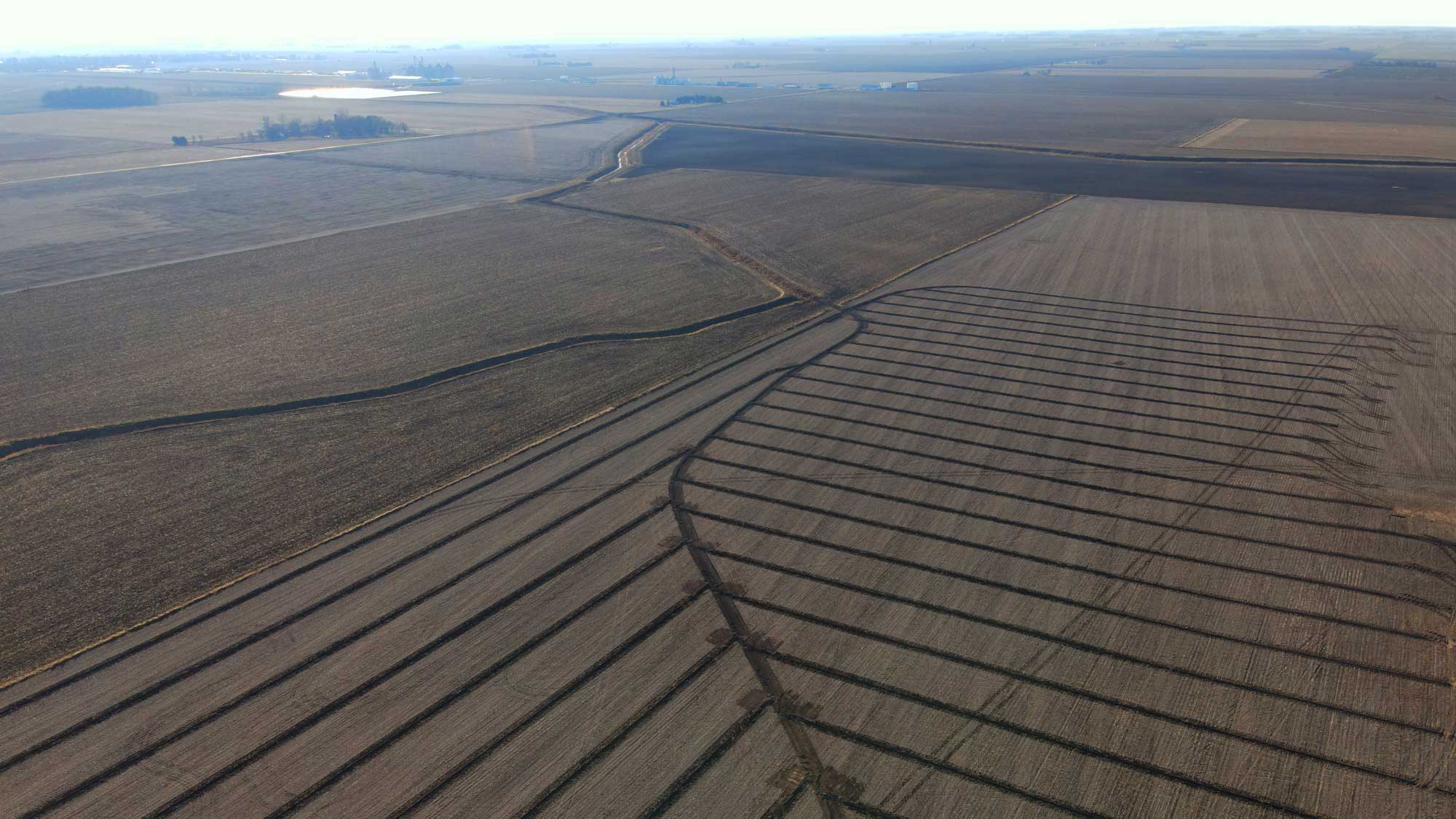As seen in the Tried & True Summer 2024 issue
In the earth beneath our feet lies an intricate blend of minerals, organic matter, air and water–what we like to call, soil. This dynamic mixture serves as an often overlooked building block of civilization, from agriculture to construction. But what really is soil? It’s not merely the ground we walk on; it is a living, breathing entity that sustains life and shapes how the world around us functions.
Why Talk About It? What Does Soil “Do”?
Soil does more than just sit under our feet; it’s a powerhouse that supports life on Earth, akin to the essentials like light, water and air. When you think about the basics of survival, soil’s role becomes clear. It’s not just about providing a place for plants to root, but also about the critical functions it performs, like purifying water and air. Acting as a natural filter; when rain hits the soil, it doesn’t just puddle and run off. Instead, it percolates through the soil, which naturally cleans it before it joins underground aquifers. This process helps ensure the water we eventually drink is clear and clean, the first step in a natural filtration process.
Moreover, soil acts as a vital regulator for the greater environmental system, managing everything from climate control to flood prevention. Its ability to absorb and hold water can mitigate the impact of heavy rains, reducing the risk of floods. And it’s not just about what soil can hold; it’s also about what it gives. The clothes we wear, the homes we live in and even some medicines come from soil. For instance, the discovery of Streptomycin, a game-changer in antibiotic medicine often used to treat Tuberculosis and other infections, was made possible because of the microbial life that calls soil home.
So, looking at soil through this lens, it’s much more than dirt. It’s a dynamic, living system that supports, cleans and provides. From the food on our plates to the roofs over our heads, soil plays a part in many aspects of our lives, making it a resource worth respecting and protecting.
The Essence and Formation of Soil
Soil’s complexity begins with its formation, a process shaped by the interaction of minerals, organic materials and the forces of nature over time. Its creation is a slow dance of the elements, with topsoil formation taking hundreds to thousands of years, depending on the climate. This slow crafting process is influenced by the climate, organisms, relief (landscape), parent material and time—all summarized by the acronym CLORPT—and results in the diverse soil profiles that blanket the earth’s surface. Each profile, or horizon as it’s referred to in the soil world, tells the unique story of a soil’s journey and composition.
At the heart of soil’s functionality is its texture, structure and color—each aspect gives us unique information about the soil horizon, which explains different soil’s drainage capabilities and suitability for different uses.
Texture
The balance of sand, silt and clay determines a soil’s texture, influencing its water retention and drainage. Loamy soils, with their near-equal mix of these components, are prized for agriculture due to their optimal water and nutrient-holding capacities. Conversely, sandy soils, with their quick drainage, are less suited for crops without irrigation support.
Structure
The arrangement of soil particles into “peds”–soil particles arranged in small clumps–impacts air and water movement within the soil. Soils with granular structures promote healthy plant growth by facilitating good drainage and air circulation. In contrast, platy soils can hinder drainage, leading to waterlogged conditions that are detrimental to most crops.
Color
A soil’s hue can reveal its mineral content and organic matter levels, with dark soils rich in organic material and bright-colored soils indicating good drainage. Soils that are mottled and marked with spots suggest poor drainage, which can pose challenges for construction and agriculture by requiring specialized management strategies to prevent water accumulation.
Navigating Soil Types
To manage and utilize soils effectively, especially in projects requiring precise drainage solutions, understanding the soil types and their classifications is paramount. The United States soil taxonomy system categorizes soils into 12 orders, each defined by specific properties that impact land use and management practices. These orders provide a foundational understanding of soil’s physical, chemical and biological characteristics, guiding decisions in agriculture, construction and environmental conservation.
Gelisols
These soils are always cold, containing permafrost near the surface. You’ll find Gelisols in polar regions and high mountains. They challenge construction and agriculture due to limited water movement and shallow root zones.
Histosols
Rich in organic material, Histosols are often called bogs or peats. Located mostly in wet areas, they’re great for farming if drained but can subside and decompose if disturbed. They cover about 1% of the Earth’s land.
Spodosols
Recognized by their distinct layers, Spodosols form under acidic conditions, usually beneath coniferous forests. They’re found in humid regions and are often sandy and acidic, covering about 4% of the Earth’s land.
Andisols
Born from volcanic ash, Andisols are fertile and hold water well, making them excellent for crops. They’re common in areas with moderate rainfall and cool temperatures but can erode on slopes.
Oxisols
These tropical soils are rich in iron and clay, forming over stable landscapes. Despite being highly weathered and naturally infertile, they can be productive with proper management. Oxisols span about 8% of the globe.
Vertisols
Packed with expansive clay, Vertisols swell with moisture and shrink when dry, causing surface issues. However, their fertility is high, making them good for crops if waterlogging is managed.
Aridisols
Dry soils of deserts, Aridisols are home to unique ecosystems. They often contain salts and require irrigation for agriculture, covering 12% of the Earth’s surface.
Ultisols
Found in humid regions, Ultisols are heavily weathered and acidic but can be made fertile with lime and fertilizers. They’re common in forests and makeup about 8% of the land.
Alfisols
Less weathered and acidic than Ultisols, Alfisols are fertile and found under forests in humid areas. They’re more common than Ultisols, making up 10% of the land.
Mollisols
The dark, rich soils of grasslands, Mollisols are highly fertile and support robust agriculture. They benefit from the organic matter provided by prairie plants and cover 7% of the land.
Inceptisols
These soils show moderate development and are widely diverse, forming under various conditions. They’re widespread, occupying 17% of the Earth’s surface.
Entisols
With little to no development, Entisols are found in new or constantly changing environments like floodplains or dunes. They’re among the most common soils, covering 16% of the land.
Each soil type presents unique challenges and opportunities, especially when it comes to drainage and agriculture. Understanding these can help in making better land use and management decisions.
Tailoring Drainage Solutions to Soil Types
Understanding the intricacies of soil types is a great tool whenever you’re working with dirt. Each soil’s unique characteristics dictate the type of drainage needed to prevent erosion, protect infrastructure and support plant growth. By assessing the texture, structure and color of the soil on a project site, contractors and farmers can use proven, tailored drainage strategies that optimize water management and promote sustainable land use.
As we delve deeper into the world beneath our feet, the knowledge of soil types and their drainage needs becomes a powerful tool in our quest for sustainability and efficiency. Whether it’s constructing resilient foundations, nurturing bountiful crops or managing water resources, the secrets held in the soil are key to our success. Let us continue to explore, understand and respect this precious resource, for in it lies the future of our endeavors on this planet.











